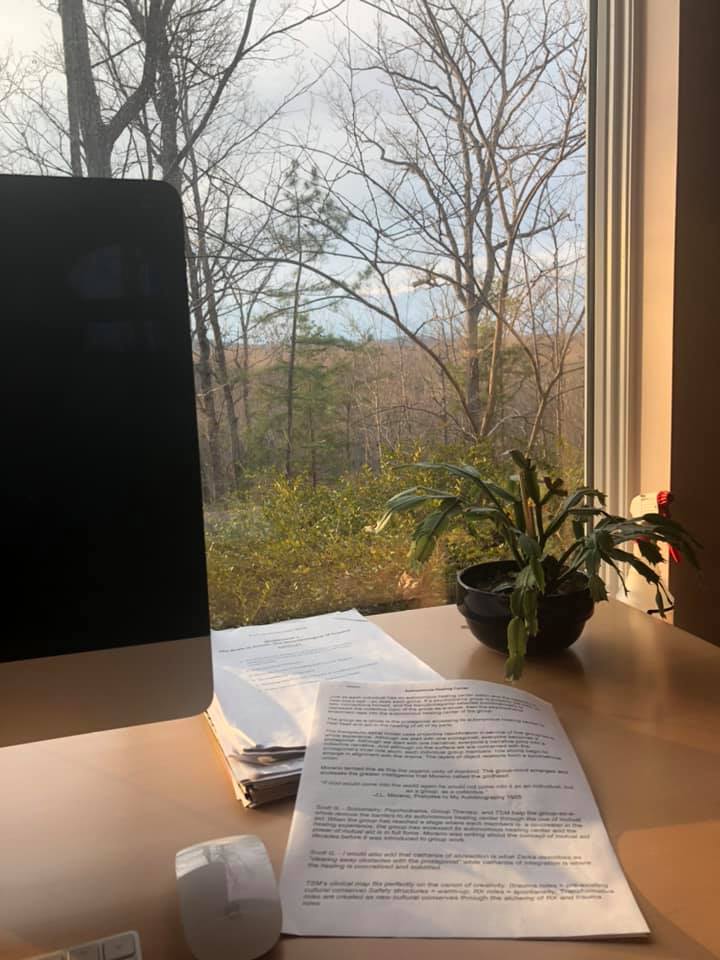INTRODUCTION
According to research on neurobiology (Rausch, van der Kolk, et al., 1996), we now know that intense dissociated affect can cause retraumatization of the brain by overwhelming it with the very same emotions that were never expressed, or simply experienced, and then stored in the right brain during traumatic experiences (Hug, 2013). The Therapeutic Spiral Model (TSM), was developed clinically and modified classical doubling in 1993 (Toscani and Hudgins) to address these observations several years before the initial re-traumatization study using MRIs by Rausch, van der Kolk, et al. (1996). This study showed that uncontrolled catharsis overwhelmed the brain by taking it back to the past rather than, as Zerka Moreno (personal communication, 2002) has taught us, bringing the past to the present.

